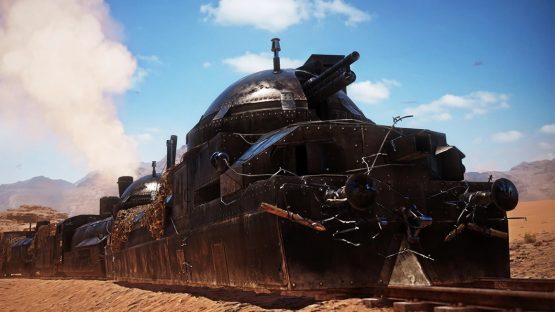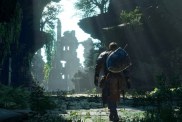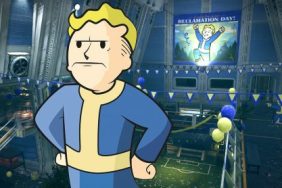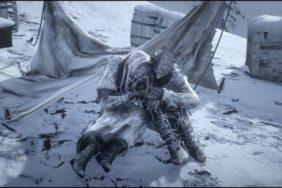Did you know that there are almost 130 million books that exist on this planet? It’s true. I know this because I’m a superior intellectual that typed “how many books exist” into Google. Of that 130 million, there are just over 100 that have been based on video games. A good few of those come from the same franchise, like Harry Potter, The Witcher, and Lord of the Rings. The Godfather can also take its place among those virtual manifestations of literary majesty, with plenty more that I don’t want to waste space mentioning. But with over 100 video game adaptations that came from books compared to the near 130 million, that’s an insane amount of potentially awesome books that have yet to inspire a developer. I find that sad and exciting, and so I decided to select certain books that I think would serve video games well—books that carry enough substance to become more than words inked onto the corpses of trees, books that we can play.
Railsea by China Miéville
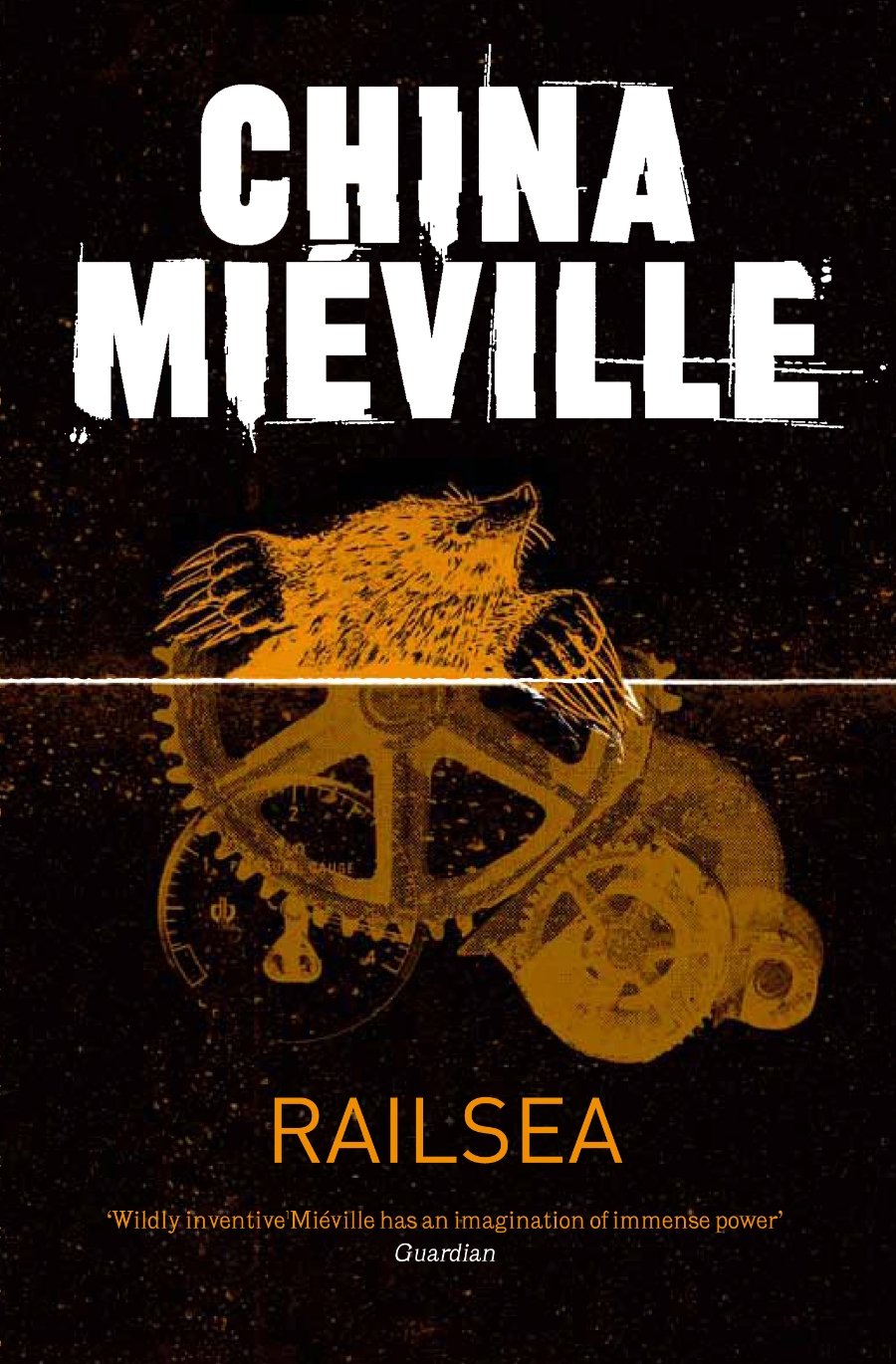
If you’re unfamiliar with this book, I consider you a lucky person. Much like Game of Thrones, The Last of Us, and a Chipotle burrito, I desperately wish I could suffer minor brain damage to forget what I’ve experienced, if only to relive that first time just once more. Railsea is considered “Weird Fiction,” both by Miéville himself and those who devour his work. It’s an homage to Herman Melville’s classic, Moby Dick, about a young boy named Sham Yes ap Soorap, a doctor’s assistant who finds himself in the middle of his first moldywarpe hunt. Moldywarpes are mammoth, carnivorous mole rats that barrel through the earth, and are frequently hunted by crews of glory-seekers operating moletrains. As the title suggests, this occurs within the great expanse of the Railsea, a seemingly endless clutter of rails that cover an alarming portion of ground. It’s during the hunt of Mocker-Jack, the largest albino moldywarpe known to exist, that Sham and the crew he belongs to stumble upon a heap of unclaimed salvage from a train long destroyed. What’s found in that salvage is world-breaking stuff that ignites a string of unfortunate events, the kind that gets people killed.
The World
This is not a safe place. To take a single step beyond the sanctuary of a rail line is to advertise to the many mutated creatures dwelling beneath it that you’re ready to be a snack. There are insects and mutated animals in this book that would make Fallout blush. It isn’t smart to put yourself too far above ground, either. Above Railsea festers a polluted sky that sweats toxicity, where dwell large, bioluminescent creatures with sac-like bodies and capable tentacles.
Littered throughout the deadly wastes are three types of salvage: arche-salvage, nu-salvage, and alt-salvage. Arche-salvage is considered to be thousands of years old, from times that no longer hold presence in written records. Nu-salvage is valuable but relevant remains to things in the known world. Alt-salvage, however, is salvage that falls from the sky from other worlds, trash that interstellar lifeforms want nothing to do with, trash that refuses to obey the laws of physics. A diverse range of island cities thrive on salvage and hunting, each with their own annoyingly inspired ecosystems. Some thrive as technological marvels capable of traversing the skies, while others are more militaristic. Of course there are others full of shanty salvage peddlers. It’s a world that begs exploration, even if it means putting yourself in harm’s way to do it.
Style
Developer: Remedy Entertainment (Max Payne, Control)
Soundtrack: Tyler Bates (300, Watchmen)
I imagine this to be a sandbox affair with some variation of RPG elements. Given that the world is massive, largely populated, and riddled with new things to discover, it makes sense to give the player the freedom to navigate specific regions as they see fit. It’s hard not to think of it as a Mad Max/Fallout hybrid with trains, but is that such a bad thing? Miéville drops an insane amount of world-building details throughout each chapter of the book, most of them crazier than the last, so I think it would do the book justice to adhere to a visual style that refrained from being too realistic, and kept some semblance of exaggeration to highlight its more fantastical elements. Gravity Rush and Call of Juarez: Gunslinger come to mind, here, with their cel shaded character design and backgrounds that maintain a more soft-spoken realism. It would strike a good balance by accentuating backgrounds that blend destitute environments with lively ones. Imagine approaching an industrialist hell-hole swathed in neon from the void of Railsea on your train, its many colors igniting the sky in a kaleidoscopic mesh that undulates with the pulse of toxic skies, the city’s face obscured by the comings and goings of other trains.
Mechanics
- General
Since this is a game and we want it to be fun, let’s assume that the moletrain you begin with is no better than a giant tin can on wheels. You better believe you’re gonna be upgrading that bad boy. Speed, armor, personnel, storage, facilities, weapons, and tracking methods should all be interconnected and fully upgradeable, with noticeable aesthetic changes to every upgrade. I believe there would have to be a dedicated balance between crafting for your train and crafting for your character, which could ultimately change your play style. Do you want to have a Thomas the Tank Engine that listened to too much death metal, or do you want a character that’s decked out in armor and weapons made out of space salvage? Salvage is a key term, here, and would be earned through discovery, bounties, and creature hunting. It makes sense that a game inspired by a book inspired by Moby Dick would have some form of hunting, and there would be no shortage of horribly mutated creatures in both the sky and ground awaiting your capture.
- Combat
Success within these areas is dependent on your capabilities as a death-dealing marauder, because you’ll no doubt come across pirates and grumpy military figures looking to take what you have. If you’re a fan of boarding other people’s vessels, imagine doing that between high-speed trains with an in-depth cover and climb system. Certain trains and enemies would have specific defensive capabilities for you to thwart by acquiring upgrades that let you bypass them to keep the interactions fresh. If a military train is too armored, you might need a device to penetrate it. If pirates have technology that slow your train down, maybe you need counter measures, etc. The list could go on.
Creature hunting would take a page right out of the Shadow of the Colossus book. When hot on some giant mole rat’s tail, and you manage to draw him out of the ground, who’s to say you can’t climb the beast to plant some deadly device on its fleshy hind? If it’s a winged foe, maybe you let carry you off so you can blast its face, mid-flight, earning those cheap thrills by barreling earthward atop the creature’s carcass. But again, this is a choice in play style. Maybe you’d rather amplify your train’s capabilities to the point where you can trick and overpower your foes from the comfort of the captain’s chair. Work smart, not harder.
What do we think of this as a game? Is it good, or should I buy a model train-set to carry out my fantasies in a tear-soaked marathon of unfulfilled desires? Validate me in the comments, please.
